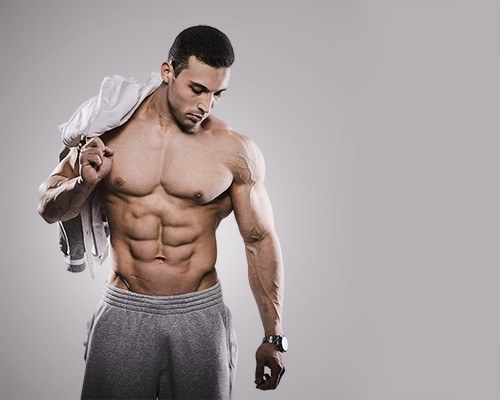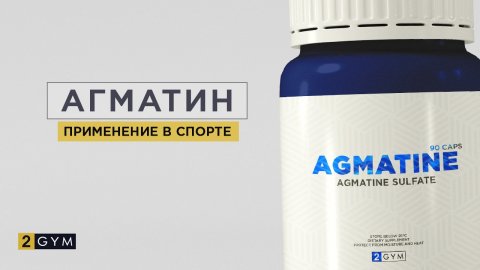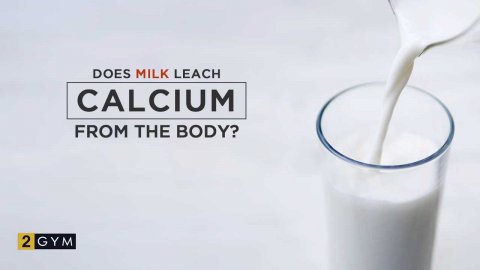In general, I decided to give it today. This is a ranking where I gathered the drugs I consider most useful. But besides the ranking, there is something else in the article.
What are Peptides
Peptides are a very large family, uniting substances whose molecules are built from two or more amino acid residues linked into a chain by amide bonds. These bonds are also called peptide bonds, hence the name of the family.
There are many peptides; they regulate digestive processes and appetite, have analgesic effects, regulate nervous activity, biochemical processes related to memory mechanisms, blood pressure, and vessel tone, and have antitumor and anti-inflammatory effects.
Peptides in Sports
But in "sports circles" (or rather among users of sports pharmacology) "peptides" are usually referred to as analogs of substances with hormonal activity, which, you must agree, is somewhat incorrect as it significantly narrows the family.
That is why I put the word "peptides" in quotes in the introduction and the title of the first paragraph, but I will not do so further to avoid confusing you.
So, we will mainly consider analogs of peptide hormones, which (peptide hormones, of course, not analogs) are produced by the human body.
But not all: I excluded growth hormone, insulin, and gonadotropin (both chorionic and menopausal) from consideration – although they are also peptides.
I made this exception for one simple reason: all three can be considered the most useful peptides a priori. Moreover, they are all pharmacological drugs that have stood the test of time.
Peptide Quality
The quality of peptides is the most critical issue. Firstly, only a few of them (remember, growth hormone, insulin, and gonadotropin are excluded) are medicinal drugs that can be purchased in pharmacies, albeit with some difficulty.
In fact, I could only recall sermorelin, tesamorelin, oxytocin, DSIP (Delta Sleep-Inducing Peptide), and mecasermin – one of the variants of IGF-1. Everything else is either in the research stage (at best) or written off as obsolete (though not always permanently).
However, there are those drugs that are undergoing clinical trials – this case can be considered almost ideal. But such instances are very few.
Secondly, stemming from the first: the production of these peptides is absolutely illegal, and illegal production does not involve quality control (not even for the raw materials).
Almost all peptides (though the word "almost" can be safely omitted) are produced on unclear equipment in China, and no one can say exactly what the result is – not even the manufacturers.
Moreover: even if something more or less decent is produced, it usually does not withstand the storage and delivery to the end consumer, partially or completely degrading along the way.
The late Rich Piana, in one of his videos about insulin-like growth factor, mentioned that obtaining high-quality IGF-1 is nearly impossible.
In fact, it is not completely impossible, but very difficult and incredibly expensive – because it would have to be ordered from specialized laboratories where production is artisanal, not mass-produced.
Or somehow try to acquire "Increlex" – the drug containing mecasermin. This is also a challenging task. Everything else that hits the market – and this concerns not only IGF-1 – is characterized by the succinct word "junk."
The Most Effective Peptides for Enhancing Athletic Performance
Finally, let's move on to the ranking. I tried to include entirely different drugs: for example, I selected the two most effective from growth hormone secretion stimulators. This ranking could have been filled solely with such stimulators as they are almost all beneficial without exception.
In this case, it is assumed that we managed to obtain drugs of at least acceptable quality – there is no point in discussing the effectiveness of poor-quality drugs. And yes: the ranking is my strictly personal opinion.
6. TB500
Thymosin beta-4 with the index 500 can also be considered a full-fledged pharmacological drug, but it is intended not for humans but for animals. More precisely, for animals that experience significant joint stress, primarily horses, especially race and competition horses.
The usefulness of TB500 lies in its ability to relieve inflammatory processes in the joints, if any. Incidentally, it works for humans too – so we can use it with success. This peptide helps alleviate the condition in both acute and chronic stages of injuries.
However, it has a drawback: TB500 doses – to achieve normal effectiveness – must be very high, approximately 10 mg per week, or even more.
5. Epitalon
Strictly speaking, epitalon should top this ranking. And it would, if not for one "but." However, I will talk about this "but" a little later. For now, let's look at how epitalon can be beneficial.
In short, epitalon should slow down aging, significantly. The advantages of epitalon could include:
- regulation of the neuroendocrine system
- increased levels of LH and FSH
- reduced blood viscosity, lower risk of thrombosis
- normalization of immunity
- reduced risk of cancer cells
- rejuvenation of the skin
"Impressive?" Did you notice the words "should," "could"? This is the "but." The fact is that all this is still mostly theoretical – there is no absolute evidence of the benefits of epitalon today.
4. Oxytocin
Oxytocin is a full-fledged medicinal drug, but its primary purpose is unlikely to interest "sports chemists." It is intended for, I quote: "stimulating the smooth muscles of the uterus; the drug increases the contractile ability and tone of the myometrium."
Why did it make my ranking? Firstly, oxytocin is suspected to have the ability to regenerate muscles, meaning it can be a tool to combat muscle aging. An important property, but not yet fully proven, somewhat linking oxytocin to epitalon.
Secondly, oxytocin suppresses cortisol secretion. Finally, thirdly, oxytocin can enhance feelings of love for one's partner, especially noticeable in women. So, it is quite suitable for strengthening family relationships.
In general, this drug induces a very benevolent mood, bordering on happiness. Often, it is called the "happiness hormone." And who doesn't want to be happy? Even if only for a short time.
3. Hexarelin and GHRP-2
I hesitated for a long time about which growth hormone secretagogues to include in the ranking. On one hand, sermorelin or tesamorelin should be here – these secretagogues are full-fledged medicinal drugs. On the other hand, ipamorelin: it is not far from being recognized as a medicinal drug, it is more effective than sermorelin and tesamorelin, and also has no side effects.
But I decided to choose the most effective secretagogues – those that provide the most noticeable increase in growth hormone levels.
There are two: hexarelin and GHRP-2. A huge number of studies have been conducted on both, but neither has become a full-fledged drug so far.
The reason is numerous side effects, such as increased cortisol and prolactin, a pronounced feeling of hunger, and some other issues. Hexarelin in this regard is "tougher," while GHRP-2 is "softer."
As for effectiveness, hexarelin can be considered the absolute leader among growth hormone secretagogues: 400 mcg per day is roughly equivalent to 1-2 IU of synthetic somatotropin. GHRP-2 lags behind its "colleague," but not by much, with somewhat milder "side effects."
2. PT-141
Why did I place bremelanotide second? Because of its uniqueness: this aphrodisiac is equally suitable for both men and women. And yes, it works very well, providing a stable increase in libido.
However, there are also failures: PT-141 affects the brain – unlike, for example, "Viagra," which simply stimulates blood flow where it is needed. And the brain, as you know, is a "dark matter." Not so much "dark" as "sensitive" – the corresponding mood can easily appear and just as easily disappear.
However, failures are quite rare, and bremelanotide has other useful properties: it quite effectively suppresses inflammatory processes in the body and prevents tissue ischemia. However, it also raises blood pressure.
1. MGF (Mechanical Growth Factor)
If MGF had not been created, its "blood brother" – IGF-1 – would undoubtedly top this ranking. It is increasingly used in medical practice instead of growth hormone.
For athletes, IGF-1 is absolutely essential: it ensures the proliferation and growth of muscle fibers, allows faster recovery after exertion, increases explosive strength, and helps in "burning" the most stubborn fat.
In general, practically a "king." Notice that I keep talking about IGF-1, while the ranking is led not by it, but by MGF? Why?
Mechanical Growth Factor is a kind of trimmed version of IGF-1, produced inside muscle fibers and acting there, without attaching to any receptors. But this is endogenous MGF.
The exogenous (introduced from outside) MGF cannot penetrate inside the muscle fiber, but it attaches perfectly to IGF-1 receptors on the cell surface. Moreover, there is a version of long-acting MGF (PEG MGF), whose half-life is about 5-6 times longer than the longest synthetic IGF-1.
Conclusion
Peptides are a wonderful group of drugs, with many interesting things besides what I have discussed. If only we could somehow solve the quality issue.






















Log in with ( Sign Up ? )
or post as a guest
Moreover, if you are using regular MGF, injections are better done before the workout. And if it's PEG MGF, then after.